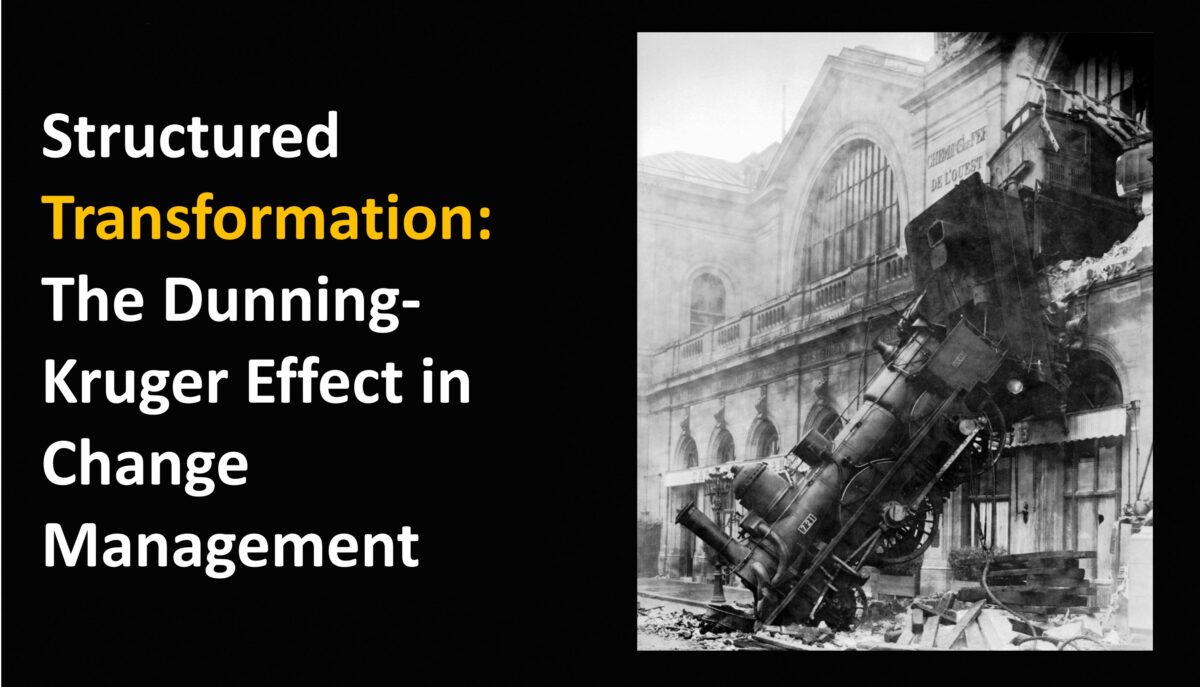A Cautionary Tale: The Lidl ERP Disaster (Manufacturing/ Retail & Supply Chain)
In 2011, Lidl, the German supermarket chain, launched a new SAP-based inventory ERP system aimed at modernizing its logistics—a monumental transformation for a retailer tightly linked to manufacturing and supply chain operations. However, the project quickly unraveled. Lidl’s custom record-keeping method—based on purchase price rather than retail price—didn’t align with SAP’s standard structure. This misalignment required massive customization and ultimately pushed the system to collapse. After seven years and around $580 million in losses, Lidl abandoned the project and reverted to its legacy system. The project’s failure led to executive exits at the leadership level.
This episode is a perfect illustration of the Dunning-Kruger Effect in large-scale transformation: leadership overestimated their ability to “make it work” without understanding the inherent complexity and misalignment with business culture.
What Is the Dunning-Kruger Effect?
This cognitive bias occurs when individuals with limited knowledge or experience overestimate their competence—while experts often underestimate theirs. It’s summarized as:
- „Overconfidence among the unqualified.“ In transformations, this means thinking you can “wing it” without structure because you’ve led programs before. Reality often bites hard.
Why It Matters in Change Management
Changes like ERP rollouts or organizational restructuring are once-in-a-decade, high-stakes programs. Ignoring complexity—or relying only on internal resources—invites massive risk.
In Lidl’s case:
- Custom record-keeping clashed with the out-of-the-box ERP design.
- Underestimated complexity snowballed into multi-year, multi-hundred-million-dollar failure.
- Executive turnover and unanswered key strategic questions led to unclear direction and program governance.
How to Avoid the Trap: A Better Approach
- Diagnose early. Run quick discovery sprints to map business logic vs. system requirements.
- Accept change. Clinging to dear processes and methods even in the face of transformation is a recipe for disaster.
- Recognize complexity. Especially when culture, process, and system don’t align.
- Bring in experience. Don’t rely on internal availability; use experts for structure and integration.
- Test small, pilot fast. Validate before big-bang rollout.
- Maintain operational integrity. Protect BAU — failure often derails supply, revenue, and customer trust.
Why Familiarity Matters
Transformations often fail not for lack of intent, but because they’re treated like “change on the side.” The Dunning–Kruger trap lies in ignoring the hidden layers—culture, governance, resistance, and BAU alignment.
Skill, experience, and discipline are not optional. Without them, transformation becomes a mirage.
